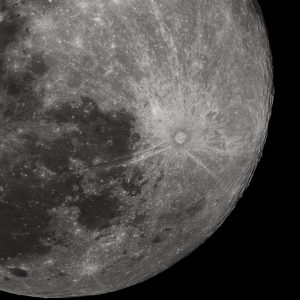
Electrical scarring is the theory that some surface features of various cosmic bodies, are caused by electric discharges or cosmic mega-lighting bolts. These include various craters and valley/river systems.
Background
Immanuel Velikovsky in his unpublished manuscript In the Beginning, possibly written before 1940, wrote:
- “The Dead Sea region was the scene of an interplanetary electrical discharge when a powerful electrical spark leaped down from above or sprang up from the earth.”[1]
Immanuel Velikovsky in a letter on March 14, 1967, wrote:
- ” “Craters” with rills radiating from them could be caused by infall of asteroids; granted that such a process also took place, I wish to stress that interplanetary discharges must have created a large number of such formations.”[2] [3]
Immanuel Velikovsky in his keynote address to the 1974 AAAS conference “Velikovsky’s Challenge to Science”, noted:
- “Like on the Moon, enormous craters resulted from bubbling, but some formations, especially surrounded with “rays,” resulted, in my view, from interplanetary discharges.”[4]
References
- ↑ Immanuel Velikovsky, “The Origin of Nitrate Deposits“, In the Beginning (unpublished) c.1940. At the Velikovsky Archive
- ↑ Immanuel Velikovsky, “Memorandum to the Space Board of the National Academy of Sciences“. Submitted to H. H. Hess, Chairman. On Radioactivity Hazards on Moon and Mars. March 14, 1967. At the Velikovsky Archive
- ↑ See also a similar letter May 19, 1969. “… some of the craters (especially with rays extending) resulted from interplanetary electrical discharges.” Memorandum Submitted to H. H. Hess, Chairman, Space Board, National Academy of Sciences, Washington, D.C., Concerning the Forthcoming Landings on the Moon the First of Which is Scheduled for the Summer of this Year. At the Velikovsky Archive
- ↑ Immanuel Velikovsky, “My Challenge to Conventional Views in Science“, keynote address, Velikovsky’s Challenge to Science: A Symposium held by the American Association for the Advancement of Science on February 25, 1974 in San Francisco. At the Velikovsky Archive